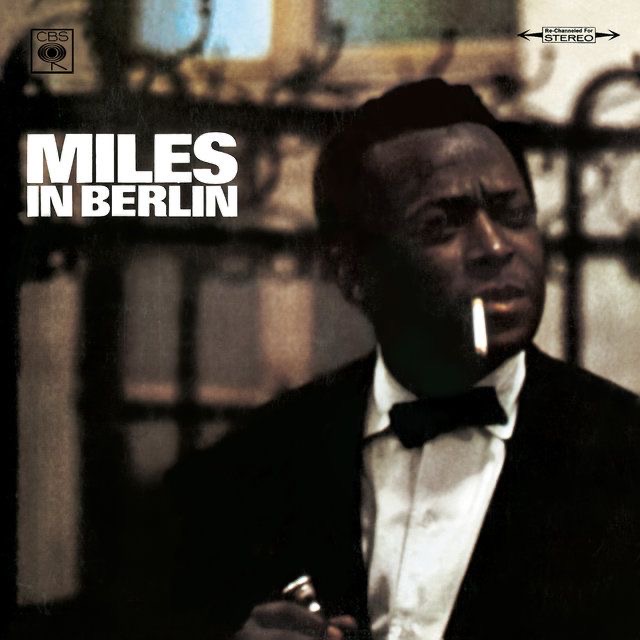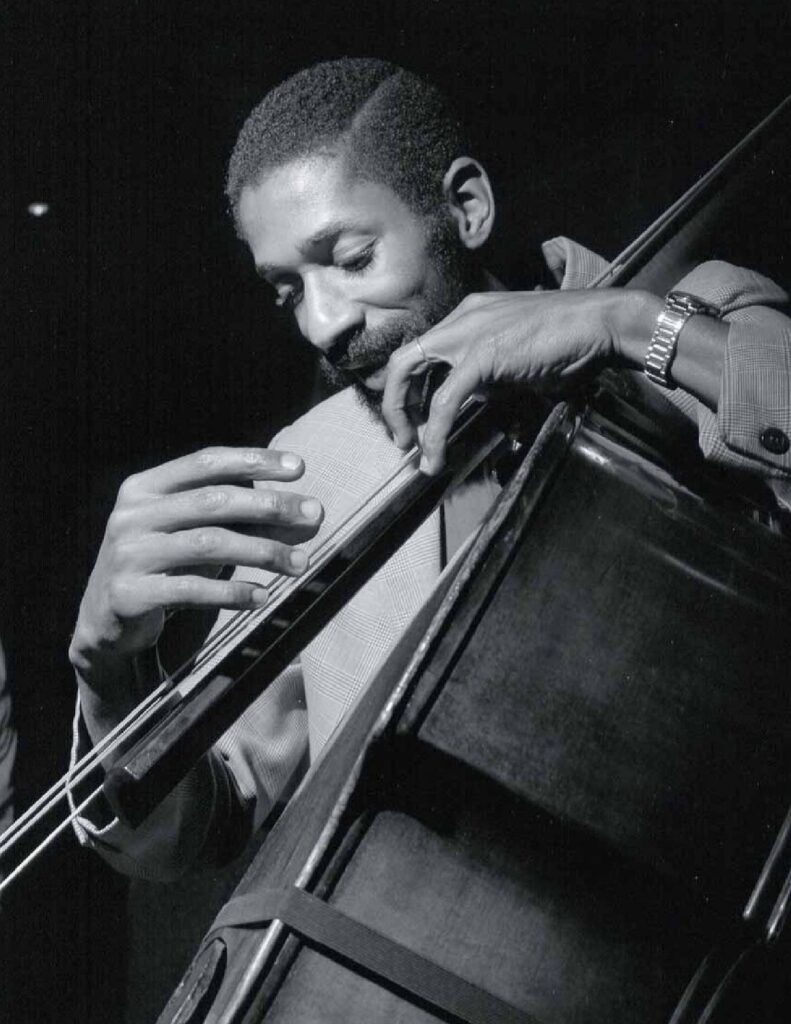Dive into the Power & Passion of ‘Tenor Madness
In the vast panorama of jazz, Sonny Rollins’ “Tenor…
Just slid the needle off “Miles in Berlin” — Miles Davis‘ mesmerizing artistry, haunting me. This album, a testament to unbridled creativity, captivates the soul, ignites the spirit. Released in 1965 on Columbia Records, the quintet’s magic captured in Berlin Philharmonie, forever immortalized.

Before the album, the quintet assembled — each member finding their path. Davis, the genius, exploring new sounds; Wayne Shorter, a master of the saxophone, testing his limits; Herbie Hancock, the young prodigy, discovering his voice; Ron Carter and Tony Williams, the rhythm section, finding synchronicity. The quintet — a powerhouse, an unstoppable force.
“Miles in Berlin” — a fusion of the old and the new, a reimagining of Davis’ classic tunes. A fresh, raw energy courses through the album, as the quintet explores uncharted territory. This is no ordinary jazz record; it’s a revolution, an awakening.

“Milestones” — the opening track — bursts into life, the band’s chemistry undeniable. Davis’ trumpet soars, echoing past achievements, while Shorter’s tenor sax weaves intricate harmonies. The rhythm section propels the tune, driving the quintet’s explorations forward. “Autumn Leaves,” a tribute to nature’s beauty, paints vivid scenes with its haunting melody. The musicians exchange solos, revealing their individuality, but when united, a masterpiece emerges. Davis’ playing, evocative and emotive, draws us into the changing seasons.
“So What” takes us on a journey, modally constructed, breaking free from conventional constraints. The quintet’s playful experimentation shines, their creativity boundless. This track, my favorite, encapsulates the essence of the album, an unbridled exploration of sound. What sets “So What” apart is the way it challenges traditional jazz norms. The quintet’s skillful navigation of modal structures allows them to push boundaries, while still retaining a sense of familiarity. This balance is masterfully achieved, showcasing the musicians’ profound understanding of their craft.

The reimagined “So What” serves as a testament to the quintet’s ability to evolve, to grow. The musicians feed off each other’s energy, their synergy palpable. As the track reaches its climax, the listener is left breathless, awestruck by the quintet’s brilliance.
“Walkin’,” a blues-infused number, offers a grounded counterpoint to the album’s experimental nature. The musicians, deeply rooted in tradition, pay homage to their forebears. As they navigate the familiar terrain, their virtuosity shines, highlighting their mastery of the blues.
The album closes with “Theme,” a concise statement of the quintet’s musical identity. The musicians, having pushed the boundaries of jazz, come together in a final, triumphant moment, affirming their status as a force to be reckoned with.
Upon release, “Miles in Berlin” shook the jazz world. Critics and fans alike marveled at the quintet’s innovative approach, their fearless exploration of new soundscapes. The album, a turning point in jazz history, set the stage for countless future experiments.
Today, the album’s impact remains profound. The quintet’s revolutionary approach to jazz opened the door for generations of musicians, who continue to push the envelope, seeking new frontiers. “Miles in Berlin” is a beacon, guiding the way for those who dare to dream.
The legacy of “Miles in Berlin” is one of fearlessness, of unbridled creativity. The album stands as a reminder to future artists to take risks, to break free from convention, and to embrace the unknown. The quintet’s pioneering spirit, captured within the grooves of this record, remains a testament to the transformative power of art. Their willingness to challenge norms, to redefine what was considered possible, continues to inspire and embolden those who hear their music.
“Miles in Berlin” serves as a reminder that artistry is a journey, an evolution. The quintet, each member a master in their own right, demonstrates that growth and exploration are essential to the creative process. Their collective genius, immortalized in this album, echoes through the annals of jazz history.
In conclusion, “Miles in Berlin” is more than just an album; it’s a statement, a declaration of artistic freedom. The quintet’s daring approach to music, their willingness to push boundaries, paved the way for countless artists who followed in their footsteps. As we listen to the album, we are reminded that true creativity knows no bounds, that the spirit of exploration is at the heart of artistic expression. Let us celebrate “Miles in Berlin” for the masterpiece it is, and let it inspire us to forge our own paths, to challenge convention, and to embrace the unknown.